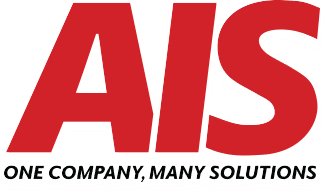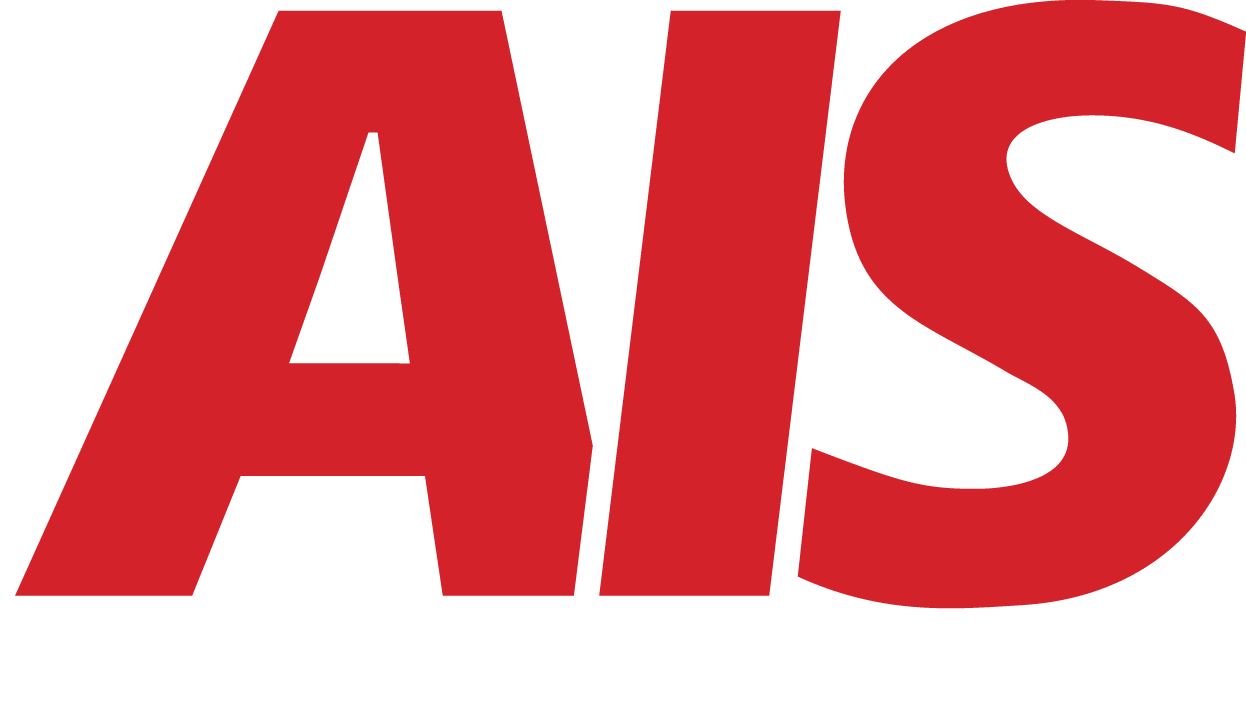What Is A Network Risk Assessment, and Do You Need One?
February 14th, 2024 | 6 min. read

Whether your business is large or small, a network risk assessment is one of the best things you can do for your employees to ensure control over your networks and data, as well as reduce the risk of cyber attacks, which can bring your business to its knees.
A network risk assessment is an assessment of the network(s) your business and employees use each day. The assessment helps identify what the risks are to your critical systems and sensitive data by using risk assessment tools.
Once these risks are known and identified, you can begin to organize your data by the weight of the risk associated with it.
Network Risk Assessment Must-Have? A Qualified IT Expert
When it comes to information technology and your business, we know it’s not always the easiest to understand when applying to your business strategies. However, don’t feel like you have to do all this on your own!
A knowledgeable and experienced managed IT services provider specializing in network risk management and assessments makes this entire experience manageable. It’s their job to help you through every step of the way, especially when it comes to performing the assessment itself.
Never heard of managed IT services? Read our article to learn how these services go hand-in-hand with network risk assessments, What is Managed IT Services? How to Tell If You Need Them.
A network risk assessment is a great step to take to support the efforts of your growing business by helping you accomplish the goals you’ve set in place.
Follow along as we explain all the moving parts of a network risk assessment.
Network Risk Assessment: The Breakdown and Explanation
When a network risk assessment is performed, all of the devices on your network are examined and analyzed.
A network risk assessment looks at how each of these devices (such as computers, laptops, iPads, servers, routers, etc.) are managed. Some of these devices have compliance modules that the assessment picks up, such as PCI and HIPAA compliance.
When an experienced managed IT services team runs the network assessment, they also study the exchange server. The scans over the exchange server test for anomalies or issues specific to compliance.
A network risk assessment has the power to identify atypical data or anything that may stand out—outside of compliance.
To learn more about the approach of a network risk assessment, read an article Tech Republic published, Take this four-phase approach to a network risk assessment.
It’s also important to know that some qualified managed IT service providers charge a minimal cost for network risk assessments.
Tools Used For Network Risk Assessment
There are many tools used when running a network risk assessment, such as RapidFire Tools. RapidFire offers an array of network analysis and diagnostic tools, such as:
-
The Network Detective® for IT assessments, documentation, and reporting
-
An Audit Guru for compliance process automation (CPA)
-
A Cyber Hawk for internal cybersecurity threat detection and alerting
Whether your managed IT team used RapidFire tools or others, it’s important to know what these tools do as they’re analyzing your network.
All of these tools are part of a service that your managed IT services provider can offer your business.
Certain tools are used to look at individual or specific characteristics. Some of these characteristics include:
-
Performance issues
-
Security risks and issues
-
Capacity/storage issues
-
Which issues are network-related?
-
Which issues are user-related?
-
Number of networks or servers used throughout multiple locations
Even though these tools are excellent and valuable resources to have, it’s important to know that the tools can only do so much.
You could have all the data in the world but still have no clue what’s going on within the wires, devices, and storage of your company. Data doesn't have value unless you know how or why something happened.
Yes, a managed IT services company gives you the power of the information, but they should also give you access to interpret and understand the data. It’s impossible to understand what your network is telling you unless you understand what you, as the user, are doing wrong.
To relate this more easily to you, think of this as if you’re reviewing an x-ray of your leg after you broke it. A doctor can take as many X-rays as he wants, but if he doesn’t explain them to you, they hold little to no value.
On the contrary, if you don’t explain to the doctor how you broke your leg in the first place, he might not know the best ways to treat you.
So back to your networked devices, it’s imperative to learn how the computer, or user, got to a specific place of risk.
Another consideration when it comes to tools is the pricing and costs associated. These assessments and tools can become a costly expense for your business.
It’s important to make sure you’re using the best tools provided by the best managed IT services provider for your specific business needs.
Learn how to find the best managed IT services company by reading our article, How to Find The Best Managed IT Services Company Near Me.
Common Results From A Network Risk Assessment
Before we wrap up, we’re sharing some common network risk assessment results we’ve seen that stress the importance of the assessment. These are great references to use while you review your own network risk assessment.
1. Unsupported Operating Systems
Issue: Computers were found using an operating system that is no longer supported. Unsupported operating systems no longer receive vital security patches and present an inherent risk.
Recommendation: Upgrade or replace these computers.
2. Anti-virus not Installed
Issue: Anti-virus software was not detected on some computers. Without adequate anti-virus and anti-spyware protection on all workstations and servers, the risk of acquiring malicious software is significant.
Recommendation: To prevent both security and productivity issues, we strongly recommend assuring anti-spyware is deployed to all possible endpoints.
3. User Password Set To Never Expire
Issue: User accounts with passwords set never to expire, present a risk of use by unauthorized users. They are more easily compromised than passwords that are routinely changed.
Recommendation: Investigate all accounts with passwords set to never expire and configure them to expire regularly.
4. Operating System In Extended Support
Issue: Computers were found using an operating system that is in extended support. Extended support is a warning period before an operating system is no longer supported by the manufacturer and will no longer receive support or patches.
Recommendation: Upgrade computers that have operating systems in extended support before the end of life.
Your Next Steps: What Comes After a Network Risk Assessment?
Remember, a network risk assessment is only the first step in the process of ensuring your network is secure. Once you know what your weaknesses are, you can begin to plug those security holes.
Once you have at least one network security assessment from a well-qualified IT services company, your next step is to determine if that company is the best fit for your business. To make this decision easier, check out our article, "Managed Service Providers: Challenges and Considerations."
A true southerner from Atlanta, Georgia, Marissa has always had a strong passion for writing and storytelling. She moved out west in 2018 where she became an expert on all things business technology-related as the Content Producer at AIS. Coupled with her knowledge of SEO best practices, she's been integral in catapulting AIS to the digital forefront of the industry. In her free time, she enjoys sipping wine and hanging out with her rescue-dog, WIllow. Basically, she loves wine and dogs, but not whiny dogs.
Topics:



